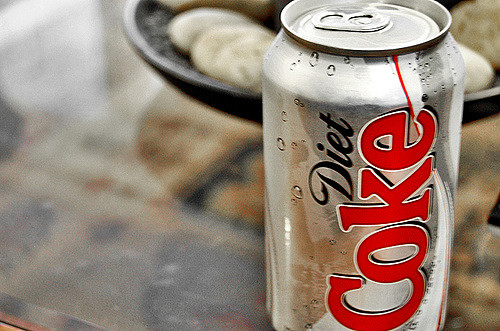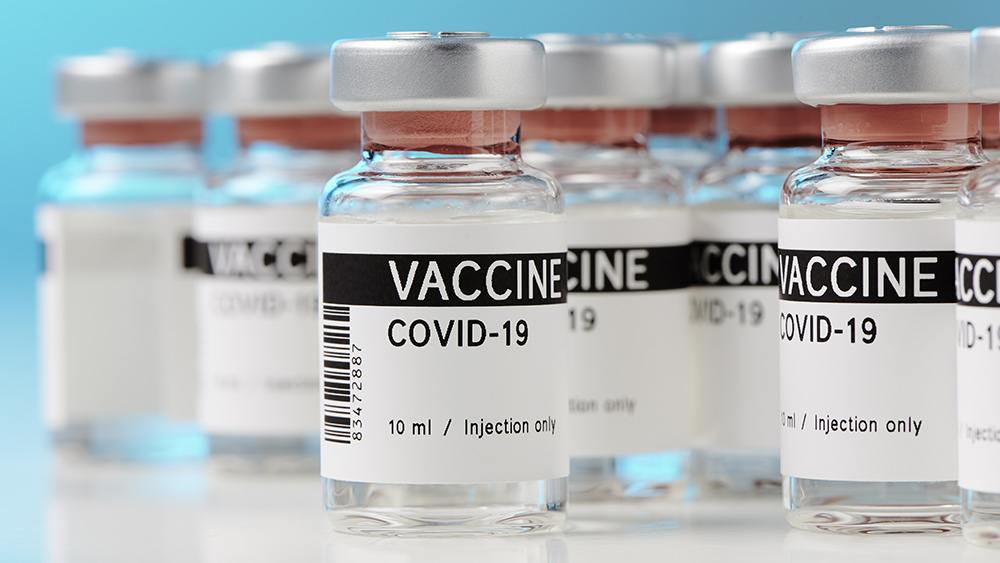Does stress have benefits? A certain form of stress may be linked to longer life, say scientists
03/26/2020 / By Darnel Fernandez

Stress is the body’s natural reaction to various life experiences, and everyone is bound to experience it at one point in their lives. High levels of stress can bring about negative effects on the body. However, recent research describes a new type of stress that can bring surprising benefits for health.
Anything from day-to-day responsibilities, like work and school, to serious life events, like getting a new diagnosis on some form of disease, can trigger stress. Symptoms of chronic stress range from headaches to an increased risk of getting a viral infection. If left untreated, stress can also worsen the symptoms of other chronic diseases like diabetes and heart disease.
Now, a study published in the journal Science Advances found a novel form of stress called chromatin architectural defect or chromatin stress that actually promotes longevity. The study findings suggest that this stress response may pave the way for brand new ways to intervene in human aging and increase the chances of living a longer life.
“Chromatin stress refers to disruptions in the way DNA is packed within the nucleus of the cell,” said corresponding author Weiwei Dang. “One of the factors that influences chromatin structure is proteins called histones.”
A good type of stress
According to researchers from the Baylor College of Medicine and the Houston Methodist Research Institute, histone proteins wrap around the DNA found in the nuclei of cells, creating a “beads-on-a-string” structure they describe as chromatin. Other types of proteins bind along the structure, causing it to fold into more complicated configurations. When chromatin stress happens, any form of disruption on the structure can create unwanted changes in the gene expression of these proteins. (Related: Scientists develop home-testing kit that measures stress hormones.)
Using samples of the yeast Saccharomyces cerevisiae, the researchers aimed to determine how the dosage of histone genes would affect longevity. The analysis was done under the assumption that the yeast samples that carry fewer copies of histones than normal, or the control yeast, would have shorter lives. Instead, the researchers discovered that the latter lived much longer than any of the controls.
The researchers attributed this increased longevity to a reduction of histone gene expression and an increase in chromatin stress. The samples’ response to chromatin disruption was marked by changes in the activation of a number of genes that promoted longevity.
In a previous research, Dang and his colleagues determined that chromatin structure progressively falls apart in aging cells. Alterations in histone genes, like a decrease in protein, are primary indicators of the aging process. However, the researchers noted that they could compensate for the decrease in histone levels by over-expressing some histone genes.
“We have identified a previously unrecognized and unexpected form of stress that triggers a response that benefits the organism,” said first author Ruofan Yu. “The mechanism underlying the chromatin stress response generated by moderate reduction of histone dosage is different from the one triggered by histone overexpression we had previously described, as shown by their different profiles of protein expression responses.”
In addition, the researchers discovered that the chromatin stress in the yeast samples also occurred in other organisms like roundworms (Caenorhabditis elegans), fruit flies and mouse embryonic stem cells. However, only yeast and C. elegans exhibited extended longevity as a response to chromatin stress.
All in all, the researchers concluded that chromatin stress induced by chromatin defection promotes longevity in certain organisms. The findings suggest that this particular stress response may be present in other organisms as well.
Learn more about the varying effects of stress on the body at MindBodyScience.news.
Sources include:
Submit a correction >>
Tagged Under:
anti-aging science, chromatin stress, discoveries, genes, genetics, longevity, research, roundworm, stress, stress response, yeast
This article may contain statements that reflect the opinion of the author
RECENT NEWS & ARTICLES
COPYRIGHT © 2017 RESEARCH NEWS





















